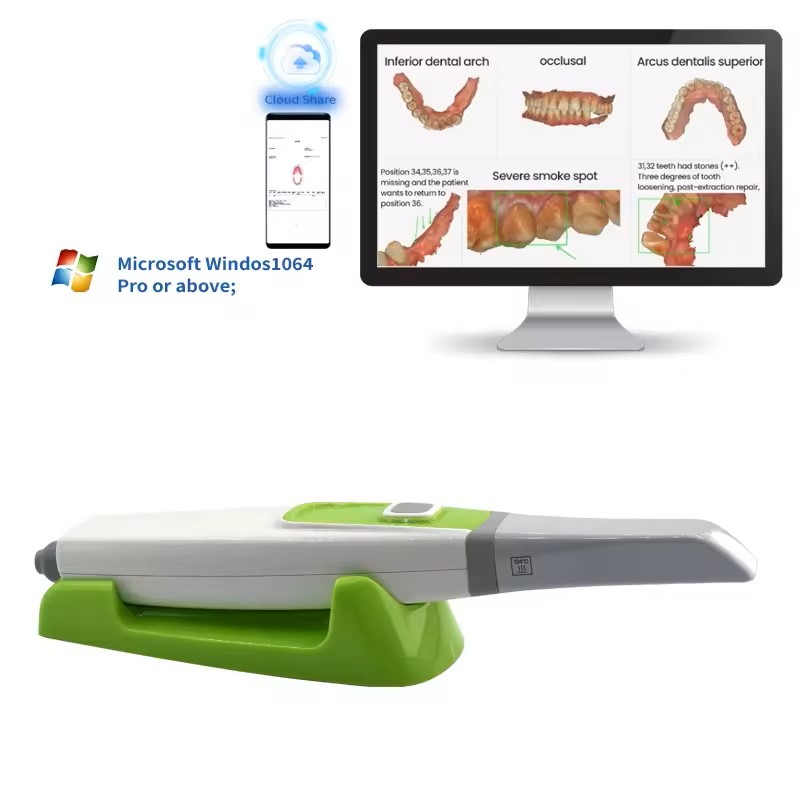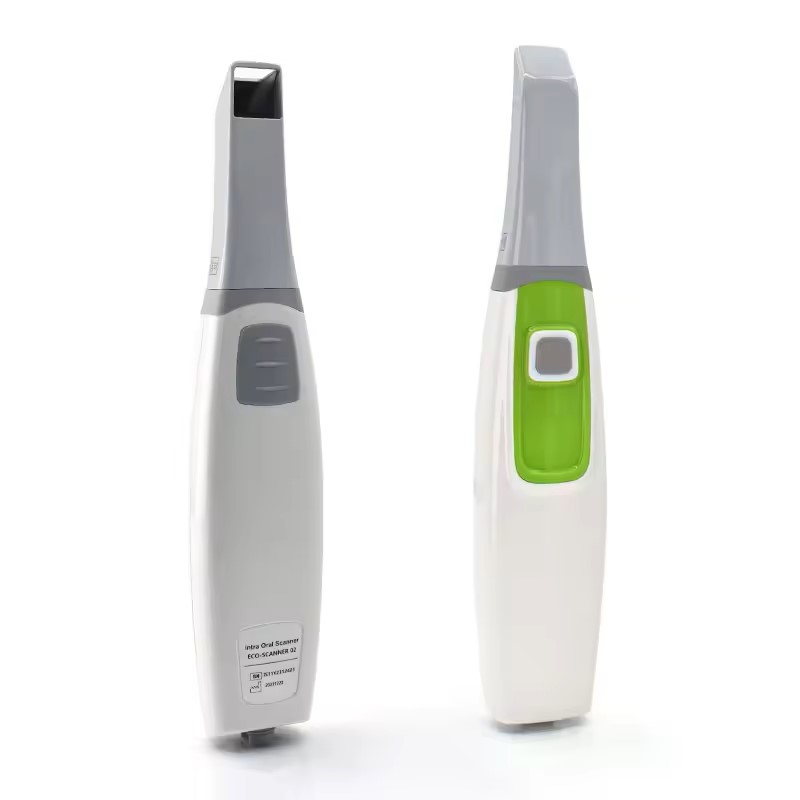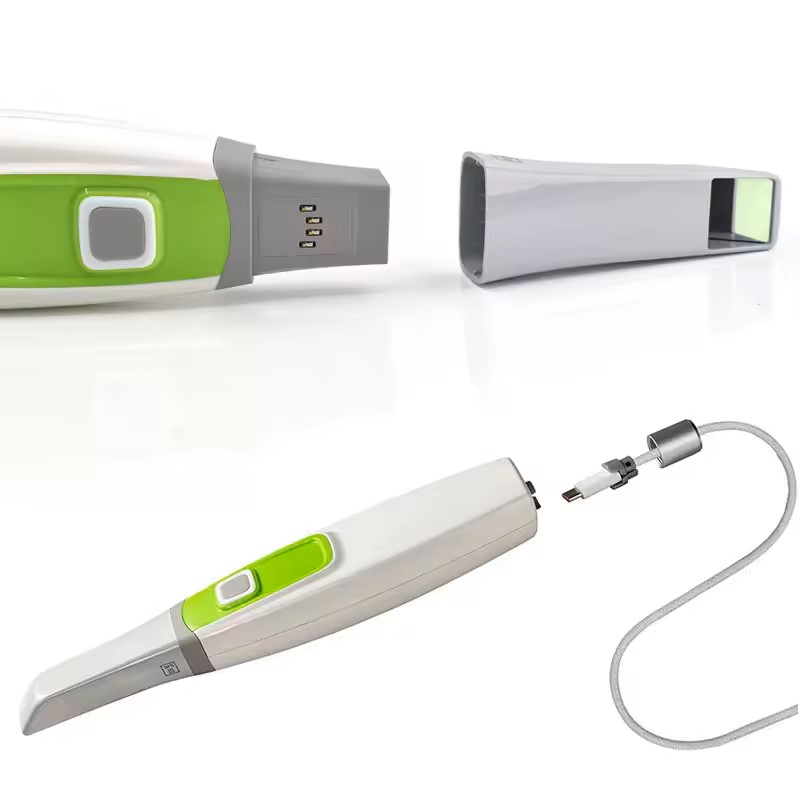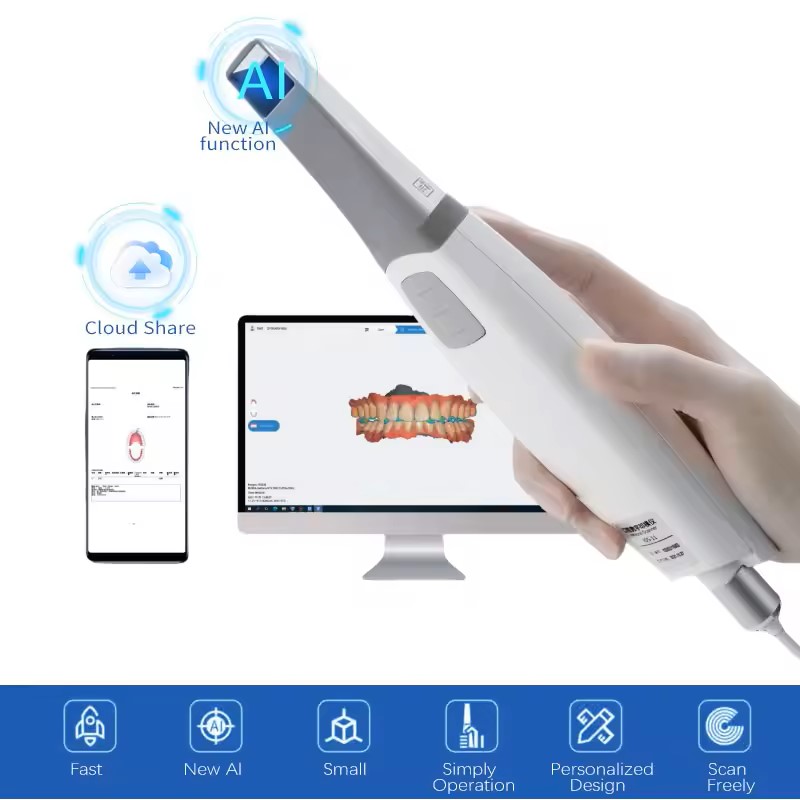Home
Home | Dental Equipment | About | Solutions | Service | News | Contact Us
- All
- Product Name
- Product Keyword
- Product Model
- Product Summary
- Product Description
- Multi Field Search
Home | Dental Equipment | About | Solutions | Service | News | Contact Us
Views: 0 Author: Site Editor Publish Time: 2025-03-14 Origin: Site








Our SCS dental 3D scanner is designed for capturing high-precision digital impressions of the oral cavity.
However, the search results provided do not contain specific information about its compatibility with printers and milling machines. Generally, intraoral scanners like the SCS 3D SCANNER are compatible with various dental CAD/CAM systems, which can include 3D printers and milling machines, provided they support the same file formats (e.g., STL files) and are integrated into the same workflow.

To determine specific compatibility, you should:
1. Check the manufacturer's specifications for the 3D scanner to confirm supported file formats and integration options.
2. Verify compatibility with your existing printers and milling machines by consulting the documentation of those devices or contacting their manufacturers.
3. Ensure software compatibility**—most dental CAD/CAM systems require specific software to bridge the scanner, printer, and milling machine.


The SCS dental 3D scanner is a device used in dental practices for capturing detailed 3D images of a patient's oral cavity. While the search results do not explicitly mention the SCS Dental 3D scanner, they provide insights into similar dental technologies and their capabilities. Based on general industry standards and the context of dental intraoral scanners, the following formats are commonly supported for exporting scans:
STL (Standard Tessellation Language)
This is the most common format for dental 3D scans, as it is widely used in CAD/CAM systems for designing dental restorations, aligners, and other prosthetics. STL files represent 3D models as a mesh of triangles, making them compatible with most dental software and 3D printers12.
PLY (Polygon File Format)
Some intraoral scanners also support PLY, which can store additional information such as color and texture data, making it useful for more detailed visualizations12.
OBJ (Wavefront Object File)
OBJ files are another common format for 3D models, often used in conjunction with MTL files for material definitions. This format is suitable for applications requiring detailed surface textures12.
DICOM (Digital Imaging and Communications in Medicine)
For integration with medical imaging systems, some scanners export scans in DICOM format, which is standard for medical and dental imaging12.
Proprietary Formats
Some scanners may use proprietary formats that are optimized for specific software or workflows. These formats often require conversion to STL or OBJ for broader compatibility12.
If the SCS 3D scanner follows industry trends, it likely supports STL as a primary export format, with potential support for additional formats like PLY or OBJ. For precise details, consulting the manufacturer's documentation or contacting their support team is recommended.

Let me know if you need further clarification!